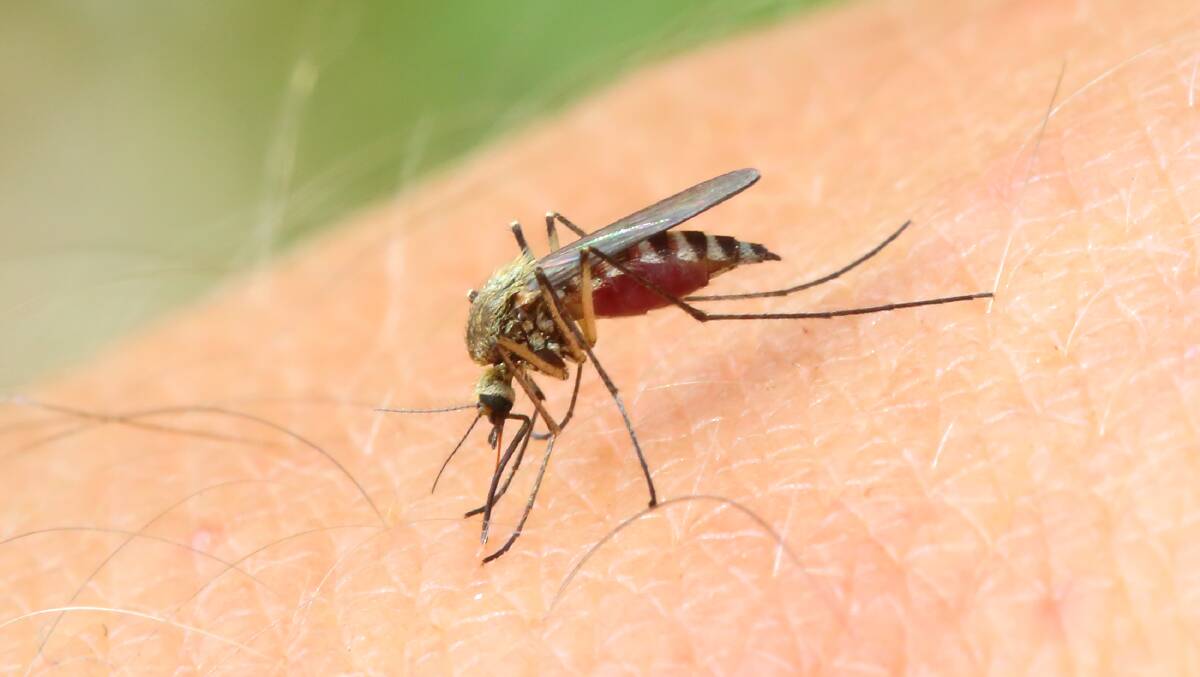A Goulburn man was hospitalised after contracting the first case of Japanese encephalitis in the area, NSW Health has revealed.
The man has already been discharged from hospital and is continuing to recover in a rehabilitation facility.
The Goulburn man in his 60s was the fifth NSW person to contract the mosquito-borne virus and authorities are investigating how he became infected.
Several more people in NSW are currently undergoing further testing for the virus and more cases are expected to be confirmed over the coming days and weeks.
The case has prompted health authorities to urge vigilance from the community.

Locally acquired cases of Japanese encephalitis have never previously been identified in NSW in animals or humans. Since late February 2022, the Japanese encephalitis virus has been confirmed in samples from pig farms in NSW, Queensland, Victoria and South Australia.
The virus is spread by mosquitoes and can infect animals and humans. The virus cannot be transmitted between humans, and it cannot be caught by eating pork or other pig products.
There is no specific treatment for Japanese encephalitis, which can cause severe neurological illness with headache, convulsions and reduced consciousness in some cases.
NSW Health advice to protect yourself against the virus:
- Avoid going outdoors during peak mosquito times, especially at dawn and dusk, and close to wetland and bushland areas.
- Wear long sleeves and pants outdoors (reduce skin exposure). Also wear shoes and socks where possible. There are insecticides (eg permethrin) available for treating clothing for those spending extended periods outdoors.
- Apply repellent to all areas of exposed skin, especially those that contain DEET, picaridin, or oil of lemon eucalyptus which are the most effective against mosquitoes. The strength of a repellent determines the duration of protection with the higher concentrations providing longer periods of protection. Always check the label for reapplication times.
- Reapply repellent after swimming. The duration of protection from repellent is also reduced with perspiration, such as during strenuous activity or hot weather so it may need to be reapplied more frequently.
- Apply the sunscreen first and then apply the repellent. Be aware that DEET-containing repellents may decrease the sun protection factor (SPF) of sunscreens so you may need to re-apply the sunscreen more frequently.
- For children in particular - most skin repellents are safe for use on children aged three months and older when used according to directions, although some formulations are only recommended for children aged 12 months and older - always check the product. Infants aged less than three months can be protected from mosquitoes by using an infant carrier draped with mosquito netting that is secured along the edges.
- If camping, ensure the tent has fly screens to prevent mosquitoes entering.
- Mosquito coils and other devices that release insecticides can assist reducing mosquito bites but should be used in combination with topical insect repellents.
- Reduce all water holding containers around the home where mosquitoes could breed. Mosquitoes only need a small amount of liquid to breed.







